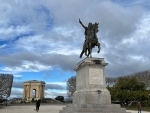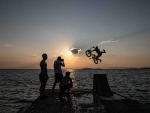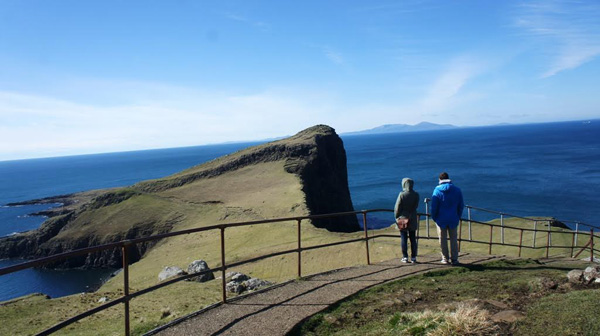
A High Road to Scotland
And yes, Harry Potter fans will identify Glencoe in the Highlands too. In the third film in the franchise, Harry Potter and the Prisoner of Azkaban (2004), the scenes featuring Hagrid’s hut were filmed here, besides scenes in the sixth instalment, The Half-Blood Prince (2009).
While we all know that the sexiest of all Bonds, Sean Connery, is a Scotman too, in Bond film Skyfall, in an attempt to keep M (the Head of Secret Intelligence Service MI6 played by Judi Dench) safe, Bond takes her to his family home, Skyfall, shot in Glencoe.
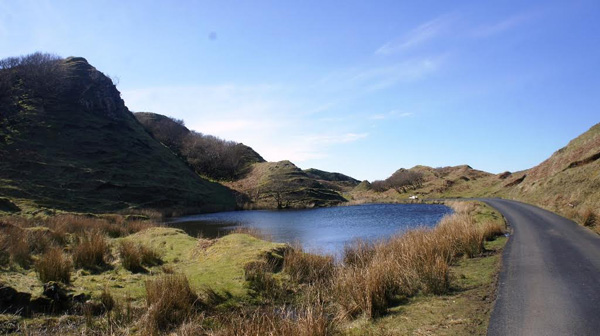 Scotland is an amazing land with amazing people and your iconic Scottish Highlands tour will be mostly through the A82 that runs from Glasgow to Inverness by way of Fort William, the second largest settlement in the Highlands of Scotland.
Scotland is an amazing land with amazing people and your iconic Scottish Highlands tour will be mostly through the A82 that runs from Glasgow to Inverness by way of Fort William, the second largest settlement in the Highlands of Scotland.
And this road is one which passes close to the tourist attractions in the Highlands, including Loch Lomond, Rannoch Moor, Glen Coe, Ben Nevis, the Commando Memorial, Loch Ness and Urquhart Castle.
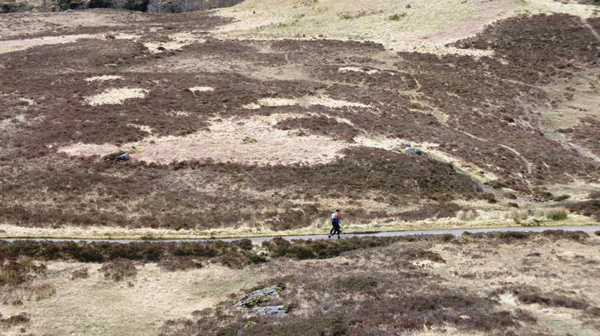 So your dream journey in the Highlands with the Isle of Skye Island as final destination begins in Edinburgh or Glasgow and then you go past incredible landscapes of mountains and deep valley called glens and lochs or lakes with first urban halt at Callander, the small but beautiful tourist town situated on the River Teith, near Stirling. It is often described as the gateway to the Highlands. This town is the meeting point between the Highlands and the Lowlands.
So your dream journey in the Highlands with the Isle of Skye Island as final destination begins in Edinburgh or Glasgow and then you go past incredible landscapes of mountains and deep valley called glens and lochs or lakes with first urban halt at Callander, the small but beautiful tourist town situated on the River Teith, near Stirling. It is often described as the gateway to the Highlands. This town is the meeting point between the Highlands and the Lowlands.
As you travel further, your tour operator might enrich you with many stories about the clan system of Scotland in the past and the battles- stories of Rob Roy and the Jacobite uprisings, which were a series of political rebellions in Great Britain and Ireland to restore the Roman Catholic Stuart King James VII of Scotland, II of England and Ireland, and his heirs to the thrones of England, Scotland and Ireland.
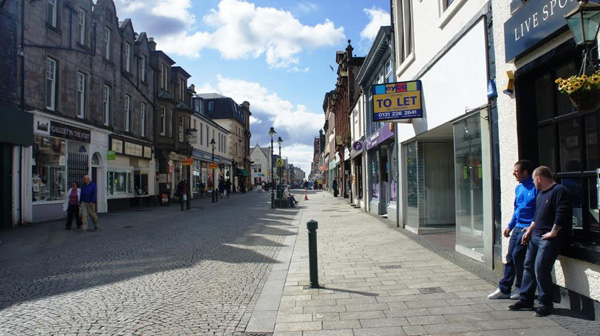 Then as you halt at the Commando Memorial dedicated to the men of the original British Commando Forces raised during World War II, you also enjoy a sweeping panorama of mountains and valleys, including the Ben Nevis (the highest mountain in the British Isles) and Aonach Mòr (another big mountain).
Then as you halt at the Commando Memorial dedicated to the men of the original British Commando Forces raised during World War II, you also enjoy a sweeping panorama of mountains and valleys, including the Ben Nevis (the highest mountain in the British Isles) and Aonach Mòr (another big mountain).
Your next big halt is the tourist town of Fort William or An Gearasdan which in Gaelic means "The Garrison". It is one of Scotland’s most popular holiday towns in the Lochaber region, which is home to The Great Glen, Glen Nevis, Glencoe and Mallaig, providing some of the stunning scenery on the West Coast of Scotland.
Then you reach Loch Duich near Dornie, which is a small former fishing village. It is here that you find the most photographed castle of Scotland- Eilean Donan Castle, a Bollywood favourite too and its image they say appears on more shortbread tins and calendars than any other in the UK. Nestled on a little island, it also overlooks the Isle of Skye, at the point where three great sea-lochs meet, and surrounded by the majestic splendour of the forested mountains of Kintail.
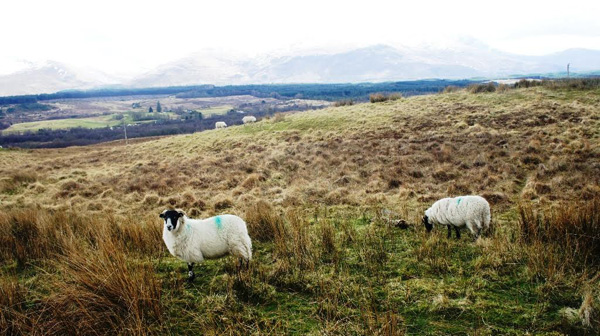 You can check out the castle either on way to the Isle of Skye or on way back.
You can check out the castle either on way to the Isle of Skye or on way back.
According to Scotland tourism source, over the centuries, the castle contracted and expanded for reasons that still remain a mystery to this day, until 1719 when it was involved in one of the lesser known Jacobite uprisings.
The castle that visitors enjoy now was reconstructed as a family home between 1912 and 1932 by Lt Col John MacRae-Gilstrap, and incorporated much of the ruins from the 1719 destruction. A bridge was added too which completes the classic image of a castle.
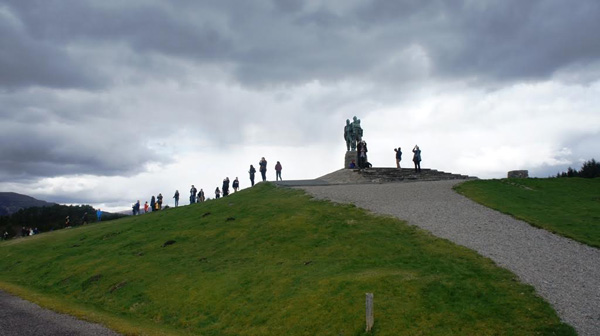 But leaving the castle behind, as you proceed you reach your icing on the cake of Scottish Highlands- the Isle of Skye.
But leaving the castle behind, as you proceed you reach your icing on the cake of Scottish Highlands- the Isle of Skye.
That Scottish highlands are panoramic is known to all, but if you are making a trip there, a two-night (3 days) trip to Isle of Skye is certainly going to be your icing in the cake.
Skye is a magical island and the largest of the Inner Hebrides of Scotland, now connected to the mainland with a bridge.
Meaning ‘cloud island’, Isle of Skye is 50-mile-long tapestry of jagged, craggy mountains, moors, lakes (lochs) and scary sea cliffs that offer views like the one at Neist Point. The population of the island is around 10,000.
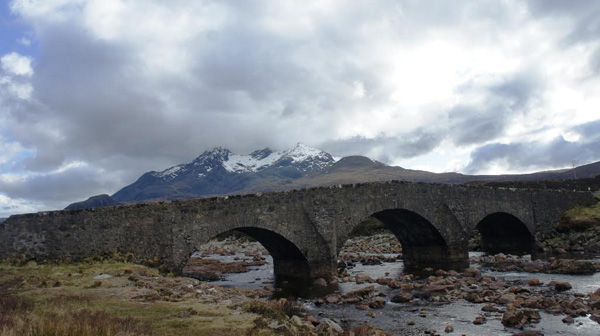 The capital or the major town here is Portree, which is also a bustling port. Villages in the north of the Island include Dunvegan, Edinbane, Uig and Staffin, all of which offer some spectacular landscapes spiced up by sighting of dinosaur fossils or dramatic history about clan warfare, Bonnie Prince Charlie and the Jacobite uprisings.
The capital or the major town here is Portree, which is also a bustling port. Villages in the north of the Island include Dunvegan, Edinbane, Uig and Staffin, all of which offer some spectacular landscapes spiced up by sighting of dinosaur fossils or dramatic history about clan warfare, Bonnie Prince Charlie and the Jacobite uprisings.
While your should be staying at Portree, reaching there by evening from Edinburgh, set out early in the morning for exploring places like Neist Point and Quiraing.
Your first stop should be the unmissable Neist Point. Only here in Scotland can you find a stunning view of a high cliff overlooking the emerald blue sea.
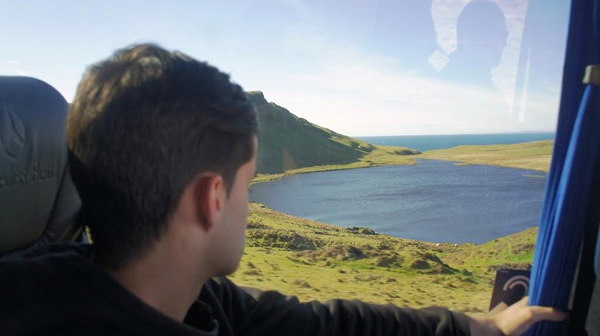 The steep steps of concrete leads to a lighthouse built in 1909. Neist Point is famous for its rock formations offering the dramatic landscape. As you start walking, Neist Point’s sweeping beauty unravels before your eyes. So walk up to the lighthouse or stand before the sea cliff to breathe deeply.
The steep steps of concrete leads to a lighthouse built in 1909. Neist Point is famous for its rock formations offering the dramatic landscape. As you start walking, Neist Point’s sweeping beauty unravels before your eyes. So walk up to the lighthouse or stand before the sea cliff to breathe deeply.
And between Neist Point and the Quiraing mountains, a must visit is Ferie Glen, which is a miniature landscape of grassy, cone-shaped natural mounds. Ferie Glen or the Fairy Glen is a beautiful halt for grassy walk, with a fairy story from one of the many Scottish fairy folklores and a huge rock that looks like a castle, said to be the abode of fairies.
Next on your list should be the Quiraing, which is a part of the panoramic Trotternish ridge. This place is famous for hiking and walk.
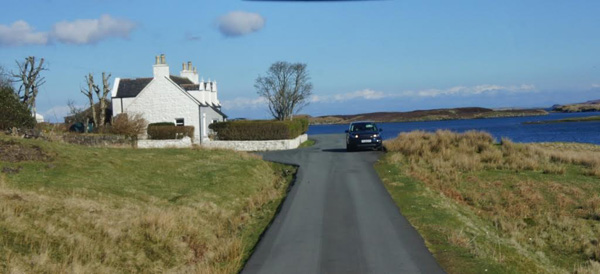 This Trotternish Ridge escarpment has been formed by a massive landslip which has created high cliffs, hidden plateaus and rock pinnacles. The Quiraing walk is a loop, returning you to the same point (the carpark). It covers a distance of 6.8 km. The Quiraing is situated in the north of Skye and as you look down from the cliff top you are treated to a panoramic view of the ‘Table’, a flat glassy plateau surrounded by rock formations and sea cliffs.
This Trotternish Ridge escarpment has been formed by a massive landslip which has created high cliffs, hidden plateaus and rock pinnacles. The Quiraing walk is a loop, returning you to the same point (the carpark). It covers a distance of 6.8 km. The Quiraing is situated in the north of Skye and as you look down from the cliff top you are treated to a panoramic view of the ‘Table’, a flat glassy plateau surrounded by rock formations and sea cliffs.
Next you can head for Staffin, a place set beneath the wonderful Trottenish Ridge. If you are staying there you can explore perhaps the spotty houses, the beach and amazing geology. If you are halting here as part of sight seeing what you see from a top viewpoint are the cliffs and waterfalls along the coast.
The famous Kilt Rock is a sea cliff in north east Trotternish where you can also see the Mealt Falls, a spectacular waterfall.
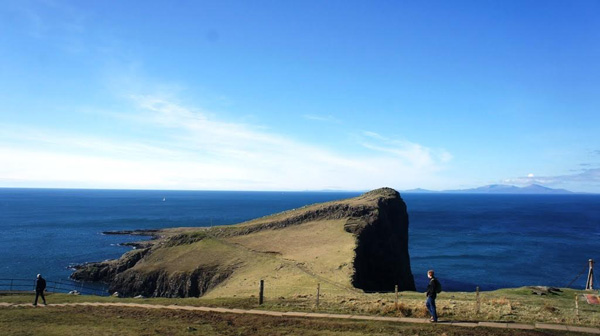 And yes dinosaur footprints found here made Staffin so famous.With the rugged but beautiful scenery, the place boasts amazing views and the Hebridean Minch cuts through the Highland retreat close to Staffin Bay.
And yes dinosaur footprints found here made Staffin so famous.With the rugged but beautiful scenery, the place boasts amazing views and the Hebridean Minch cuts through the Highland retreat close to Staffin Bay.
On the day you return, you will be passing through Cuillin Hills back to the mainland. On way back to Edinburgh you certainly will enjoy the halts at the points like Loch Duich, Eilean Donan castle (most photographed in Scotland and a Bollywood favourite) and then Loch Ness, famous for the “unseen” Loch Ness Monster called "Nessie".
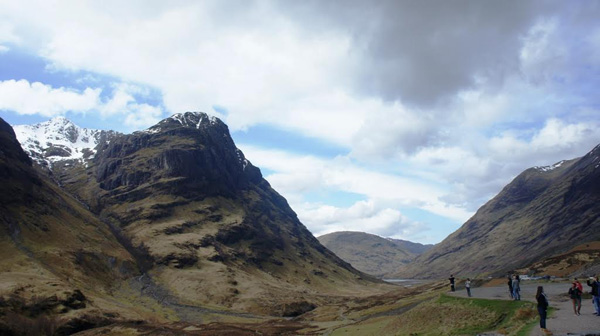 On the day you return, you will be passing through Cuillin Hills back to the mainland. On way back to Edinburgh you certainly should explore Loch Ness, Scotland's largest loch, with a depth of 754 feet, and famous for the " elusive" or rather mythical Loch Ness Monster, Nessie.
On the day you return, you will be passing through Cuillin Hills back to the mainland. On way back to Edinburgh you certainly should explore Loch Ness, Scotland's largest loch, with a depth of 754 feet, and famous for the " elusive" or rather mythical Loch Ness Monster, Nessie.
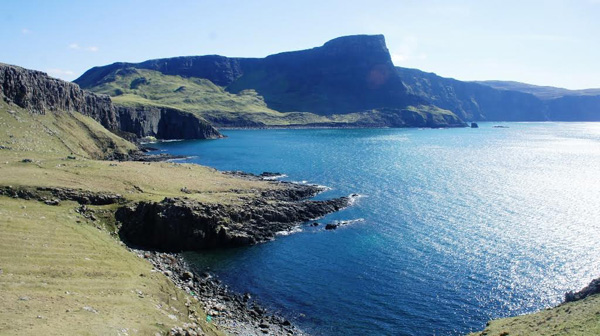 The spotting of this aquatic being is often called a hoax but there is a legend that developed over time on whether this creature exists or not.
The spotting of this aquatic being is often called a hoax but there is a legend that developed over time on whether this creature exists or not.
At a short distance from Inverness, this loch or lake however is an impressive stretch of water spreading in length up to 23 miles bordered by picturesque villages such as Foyers and Dores.
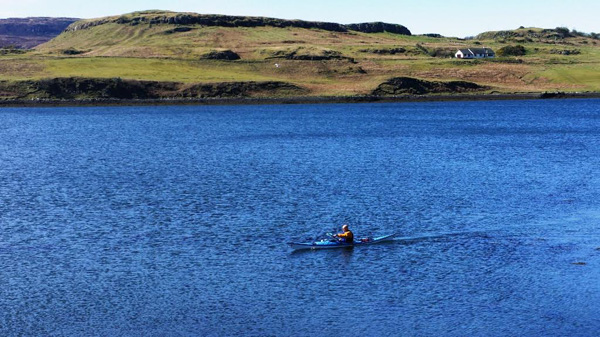 Urquhart Castle, which is a former historically famous royal castle, is here, overlooking the water from the western shore.
Urquhart Castle, which is a former historically famous royal castle, is here, overlooking the water from the western shore.
Boat trips can be your best option here to enjoy the landscape and the water body where sailing and fishing enthusiasts flock.
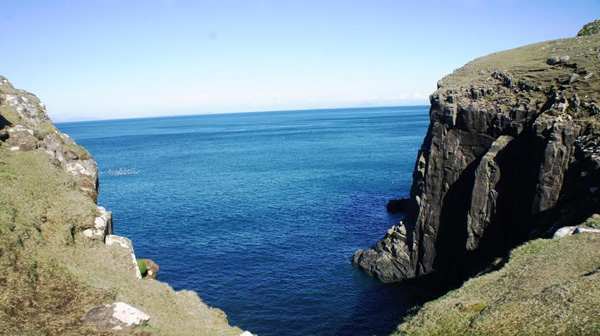 Covering Loch Ness, you can head back to the lowlands and finally to your starting point either in Edinburgh or Glasgow.
Covering Loch Ness, you can head back to the lowlands and finally to your starting point either in Edinburgh or Glasgow.
A Walk to Remember
Scottish Highlands offer stunning diversity and natural beauty with its mountains, valleys, coast and lochs which provide a great enjoyment for the walkers. Some of the best places to walk are mountains like Ben Nevis near the Fort William town. This place is also called Outdoor Capital of the UK. The views are spectacular. You can also think of a less strenuous walk in the road of Glen Nevis. You can also go for walk at Glencoe and see some jaw-dropping high rise views. Loch Ossian is another place for walk.
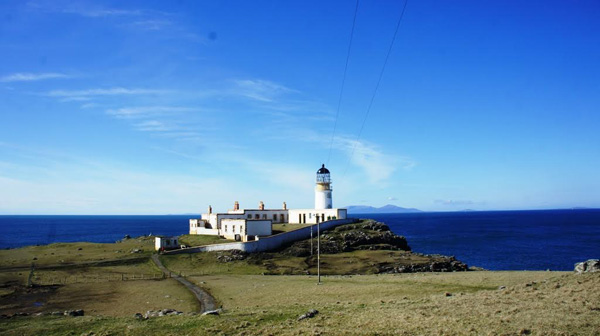 FACTSHEET
FACTSHEET
HOW TO GO: You can fly directly from India to Edinburgh or Glasgow. Or you can reach London and then take a train to Edinburgh. From Edinburgh, or if you are in Glasgow, you can choose personalized mini bus tours. Scottish tourism board recommends Rabbie’s.
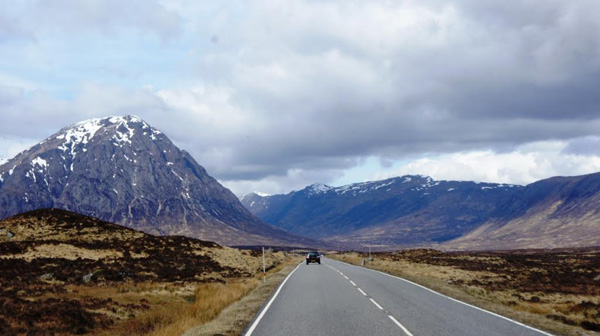 WHERE TO STAY: If you are staying the night at Portree, choose any hotel or even better a home stay which are also arranged by the tour operators like the Rabbie’s.
WHERE TO STAY: If you are staying the night at Portree, choose any hotel or even better a home stay which are also arranged by the tour operators like the Rabbie’s.
(The article was a re-edited version of the writer's contribution to The Telegraph and Tribune newspapers)
Support Our Journalism
We cannot do without you.. your contribution supports unbiased journalism
IBNS is not driven by any ism- not wokeism, not racism, not skewed secularism, not hyper right-wing or left liberal ideals, nor by any hardline religious beliefs or hyper nationalism. We want to serve you good old objective news, as they are. We do not judge or preach. We let people decide for themselves. We only try to present factual and well-sourced news.





